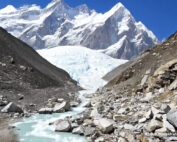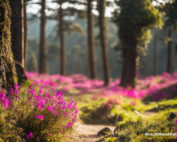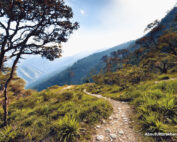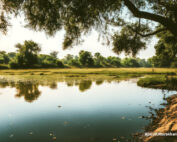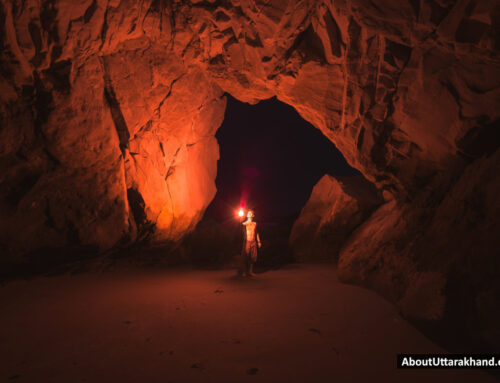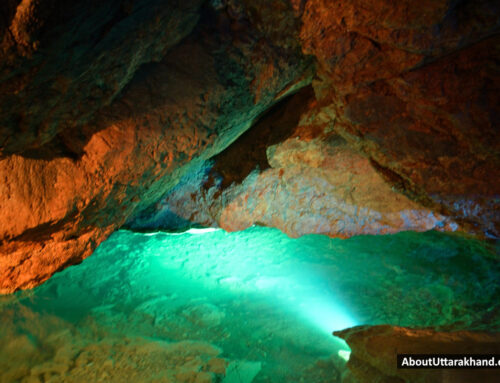Koteshwar Mahadev Cave
The Koteshwar Mahadev Cave is a magical refuge that calls travellers to uncover its mysteries. It is located in the Rudraprayag District of Uttarakhand, India, which is known for its breathtaking landscapes. This cave, which is veiled in history and myth, is a witness to the eternal cohabitation of spirituality, geological marvel, and the beauty of nature.
We enter a realm where the sacred and the grandeur of the earth perfectly mix together as we set out on a trip to uncover the complex nuances of the Koteshwar Mahadev Cave, unravel the cryptic genesis of the cave, and end with a profound understanding for the cave's significance.
Table of Contents
Koteshwar Mahadev CaveDetails About Koteshwar Mahadev Cave
History Of Koteshwar Mahadev Cave
Best Time To Reach Koteshwar Mahadev Cave
How To Reach Koteshwar Mahadev Cave
Places To Visit Near Koteshwar Mahadev Cave
To Conclude

Koteshwar Mahadev Cave |
Details About Koteshwar Mahadev Cave
The Koteshwar Mahadev Cave can be found in the Rudraprayag District, which is well-known for the pure natural beauty of its surroundings as well as the cultural value of its history. The cave may be found roughly three kilometres away from the town of Rudraprayag, close to the meeting point of the Alaknanda and Mandakini rivers. The Koteshwar Mahadev Cave is devoted to Lord Shiva, one of the most important deities in Hinduism. The trek to the cave is a mesmerising drive through gorgeous valleys and alongside powerful rivers. The name "Koteshwar" comes from the Sanskrit phrase "ten million gods" which refers to the numerous gods and goddesses venerated in Hinduism.
The cave is considered a centre of pilgrimage for people who have a strong devotion to Lord Shiva because of its profound spiritual significance. There is a naturally formed Shivalinga, which is a symbol of Lord Shiva, and a continual stream of water that bathes it inside the cave. In addition to its spiritual significance, the cave is a geological marvel. The interior is characterised by breathtaking stalactites and stalagmites, which have developed over the course of ages and contribute to a surreal atmosphere. The mysterious air of the cave is heightened by the way the light and shadow dance across these structures. Devotees and pilgrims visit the Koteshwar Mahadev Cave throughout the year, but its significance increases during the Hindu holiday of Shivratri. It is a visual treat for nature lovers and geology connoisseurs.
It is a delight for nature enthusiasts and geology aficionados. At this time, the cave and its environs come to life with religious fervour, with devotional songs and rites being performed all over. In the belief that doing so will cleanse their spirits, pilgrims frequently partake in the cleansing practise of immersing themselves in the rivulet that flows out of the cave. The origins of this cave extend back hundreds of years. It is reported that several sages and ascetics who sought spiritual enlightenment in the tranquilly of the Himalayas made use of the cave as a meditation retreat during their time there. Within the cave, a priest performs daily rituals and pujas (ceremonial offerings) to Lord Shiva. Over the years, the cave has been meticulously maintained and extended to suit the growing number of pilgrims and visitors.
Within the cave, a priest leads daily rituals and pujas (ceremonial offerings). Participants in these rites will get blessings regardless of their level of involvement. The primary feature of the cave is the Shivalinga, which is a naturally formed ice-lingam. The atmosphere within the cave, with the steady dripping of water and the air that is packed with incense, creates a sense of tranquilly that allows one to connect with the holy. It is claimed that the Shivalinga is the physical manifestation of the Lord Shiva himself. The Shivalinga is kept permanently moist by a steady stream of water that comes from above. This results in a one-of-a-kind visual as well as spiritual experience.
History Of Koteshwar Mahadev Cave
The cave known as Koteshwar Mahadev has its beginnings firmly ensconced in the annals of Hindu mythology and the ageless legend of Lord Shiva. It is said to have anything to do with the narrative of Lord Shiva's meeting with the wise man Kasyapa. Sage Kasyapa is believed to have chosen this very spot for his meditation, and over time, the cave that now houses the Koteshwar Mahadev Shrine developed around it. According to the Hindu scriptures, Lord Shiva appeared in front of the sage Kasyapa, granted him a boon, and advised him to meditate at a location where the Alaknanda and Mandakini rivers converge.
It is stated that Lord Rama, an avatar of Lord Vishnu, stopped by this location on his way to the Dandaka Forest while he was travelling there. The cave is named after him because of this connection. This historical relationship has contributed to the prominence of the cave in Hindu traditions. The name "Koteshwar" reflects the variety of gods and deities in Hinduism, and it signifies the vast spiritual energy that emanates from the cave. The geological formations inside the cave, such as the mesmerising stalactites and stalagmites, are the result of natural processes that have taken place over the course of thousands of years.
The continuous stream of water that bathes the Shivalinga is seen as the blessings of Lord Shiva and is believed to carry away the sins of those who visit the cave. These structures contribute to the cave's natural allure and help to produce an atmosphere that is full of awe and wonder.
Best Time To Reach Koteshwar Mahadev Cave
Although you can visit the Koteshwar Mahadev Cave at any time of the year, the best time to go is during the dry seasons of spring and autumn. During these times, the weather is more likely to be pleasant, and there is a lower possibility of experiencing significant rainfall. Cave explorers will find that the springtime, which spans the months of March to June, and the autumn, which spans the months of September to November, both offer pleasant temperatures and favourable circumstances.
How To Reach Koteshwar Mahadev Cave
| By Road |
Koteshwar Mahadev Cave is located close to Rudraprayag, which has excellent road connections to major cities such as Rishikesh, Haridwar, and Srinagar. Koteshwar Mahadev Cave may be reached by road. To get to the cave from Rudraprayag, you can take a cab or one of the other modes of public transportation in the area. |
| By Train |
If you choose to go by train, the Rishikesh Railway Station is the one that is located the closest to Rudraprayag. You can take a taxi or a bus from Rishikesh to get to Rudraprayag, and once you are there, you can ask people in the area for directions to the Koteshwar Mahadev Cave. |
| By Air |
Jolly Grant Airport in Dehradun is the location of the airport that is the closest to Rudraprayag while travelling by air. Once you have arrived at the airport, you should get a cab to get to Rudraprayag, and once you are there, you should ask locals for directions to the cave. |
Places To Visit Near Koteshwar Mahadev Cave
| Tawaghat Wildlife Sanctuary |
The Tawaghat Wildlife Sanctuary is a haven for adventurers and ecotourists, tucked away in the foothills of the towering Himalayas. This hidden gem of a sanctuary is located near Dharchula in Uttarakhand's Pithoragarh District. Despite its relatively tiny size (around 70 square km), this animal sanctuary is just as magical as any other. |
| Pithoragarh |
Pithoragarh, both the region and the town, can be found in the eastern part of Uttarakhand. It is a stunning, off-the-beaten-path destination that borders both Nepal and Tibet. The Panchachuli Range is home to some of the most breathtaking landscapes in the area, thanks in large part to its snow-covered summits. A variety of hard mountain hiking trails are accessible from the settlement, which is located at an elevation of around 1,650 metres. |
To Conclude
In conclusion, the Koteshwar Mahadev Cave in the Rudraprayag District is not only a geological marvel; it is also a site where spirituality, history, and the natural beauty of the area come together to create an enchanting refuge. Travellers will have the chance to witness the mystical phenomenon of the Shivalinga being continuously bathed by dripping water, which represents the divine compassion of Lord Shiva. This sacred haven not only serves as a testament to the rich spiritual heritage of India, but it also serves as a living testimony to the captivating stories and legends that are woven into the tapestry of the Himalayan landscape.
When one goes to the Koteshwar Mahadev Cave, they are being extended an invitation to investigate the divine, to lose themselves in the splendours of nature, and to ruminate on the ever-present spirituality of this part of the world. It is a voyage of the spirit that leaves an indelible impact on the lives of all those who are afforded the opportunity of participating in it.


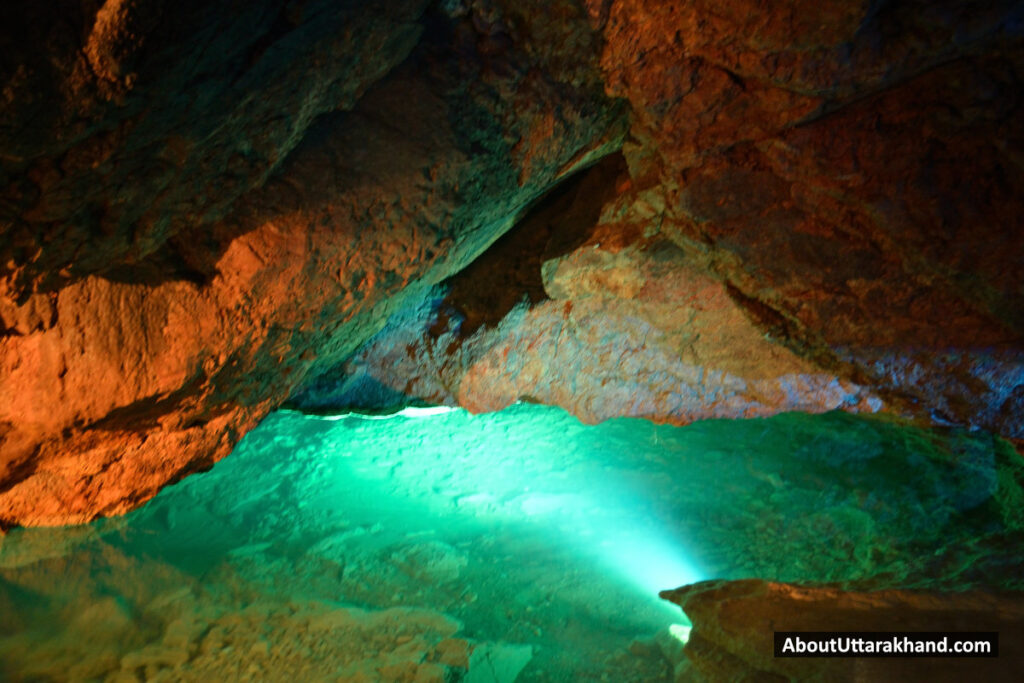
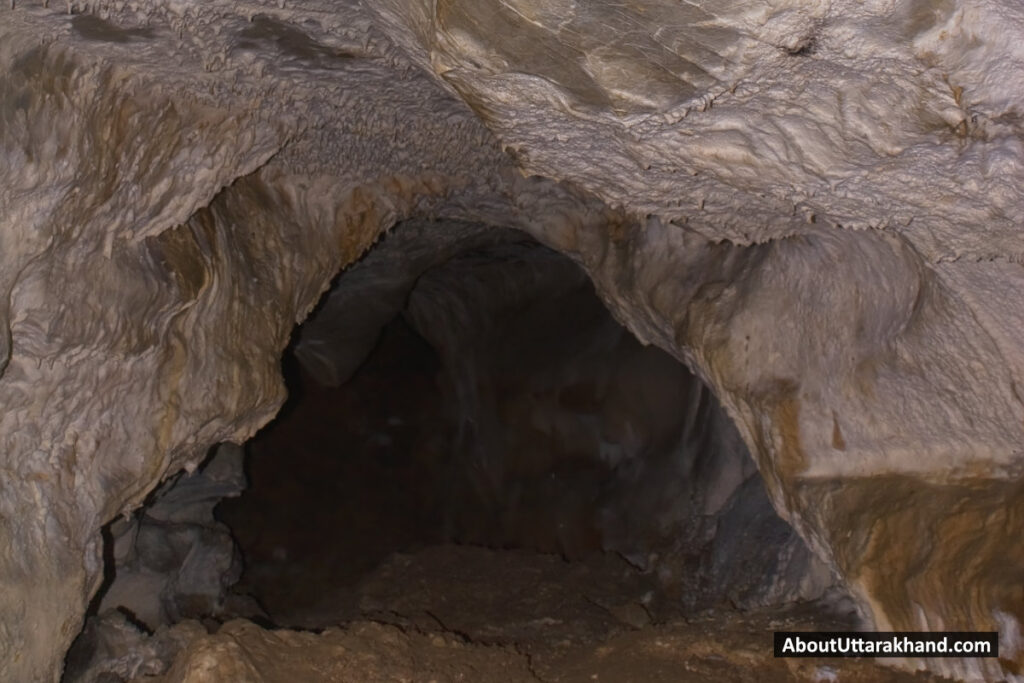

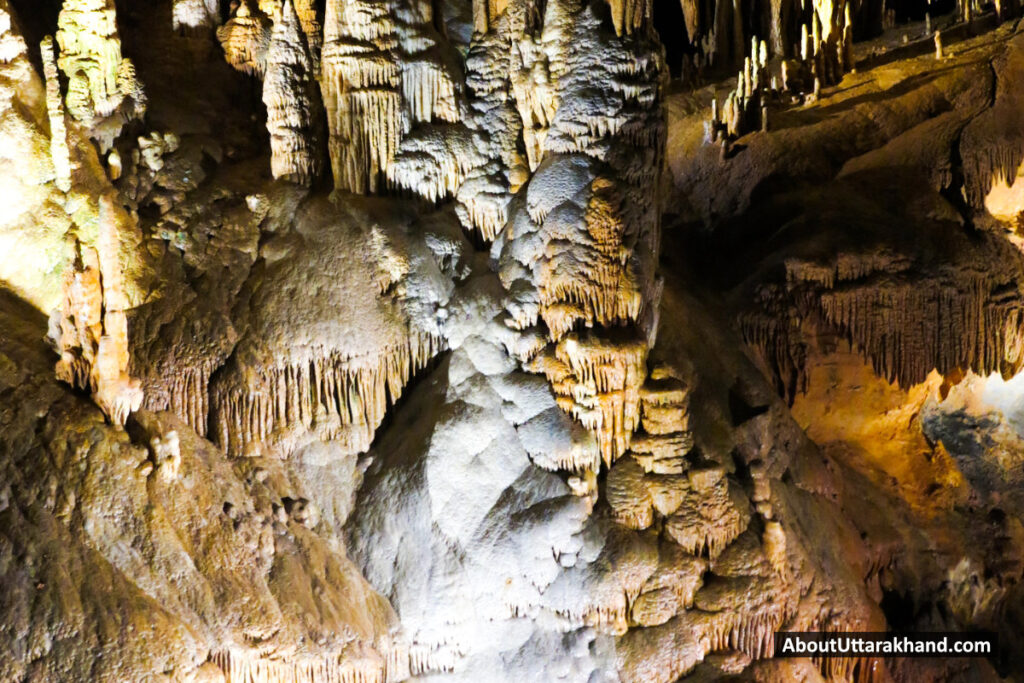
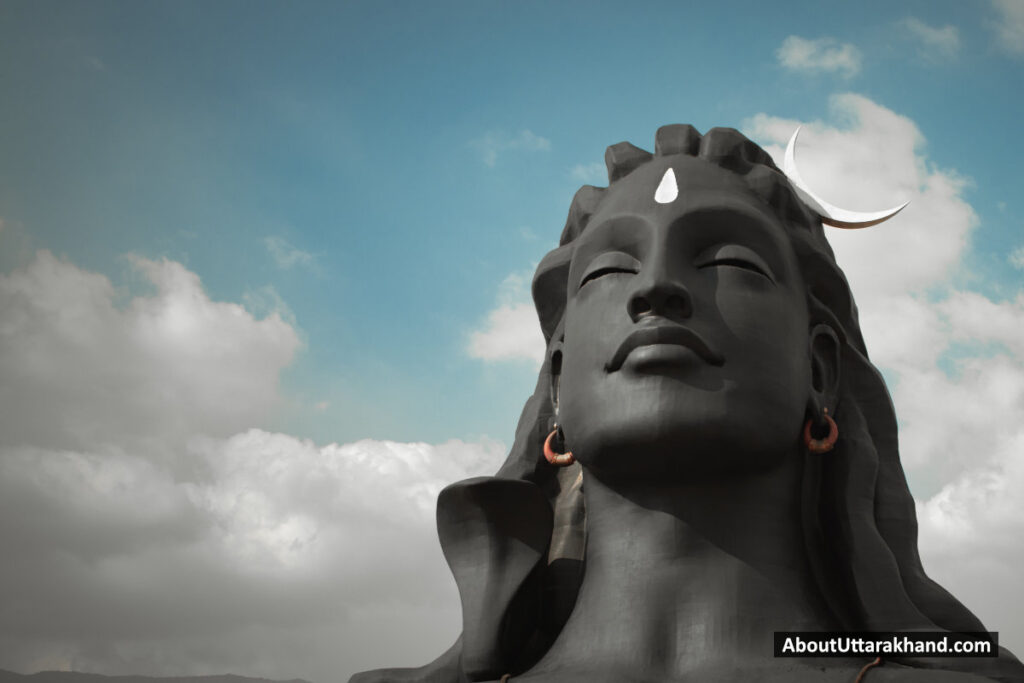
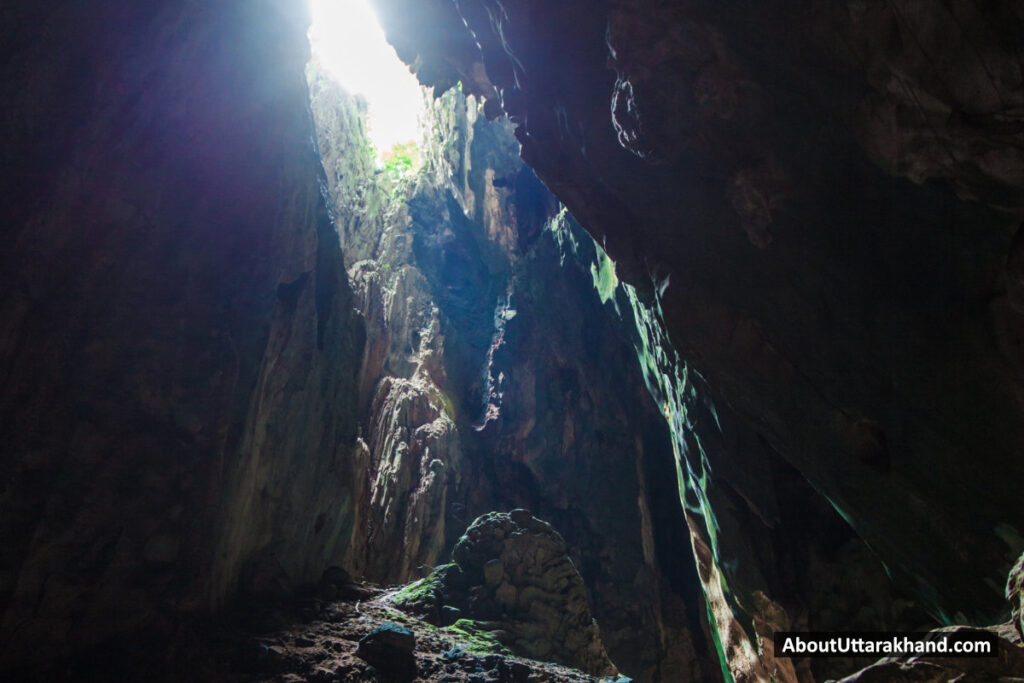
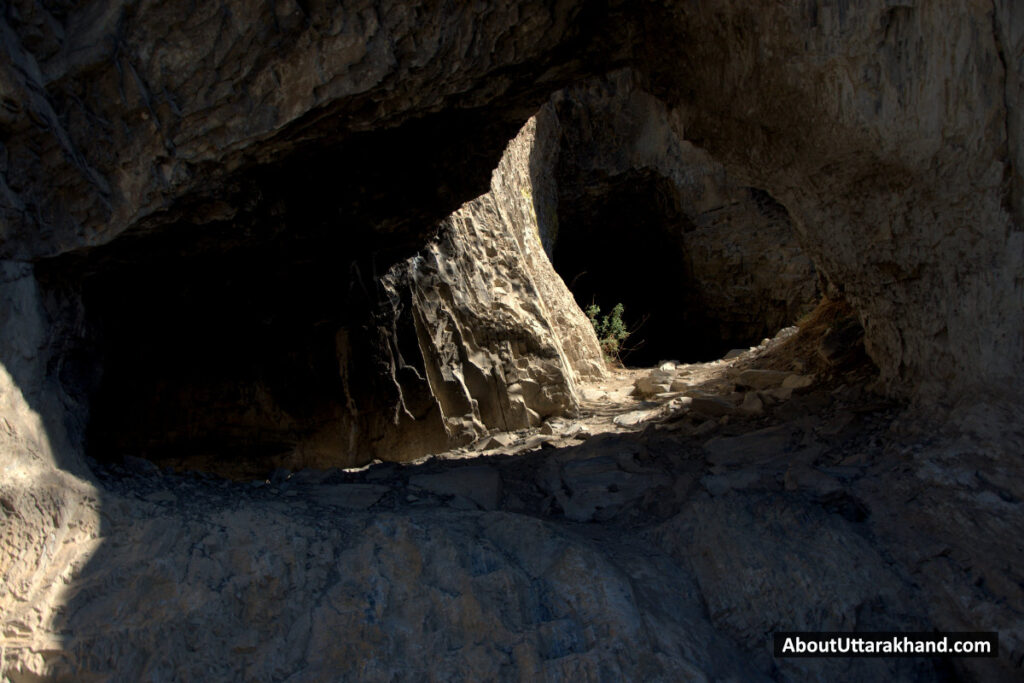

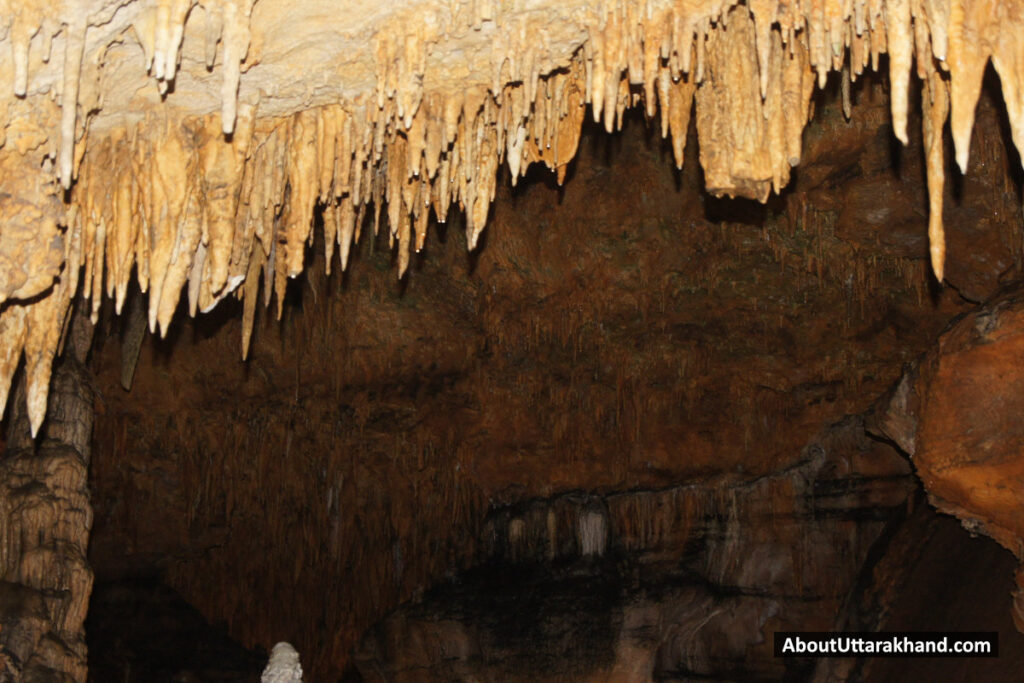

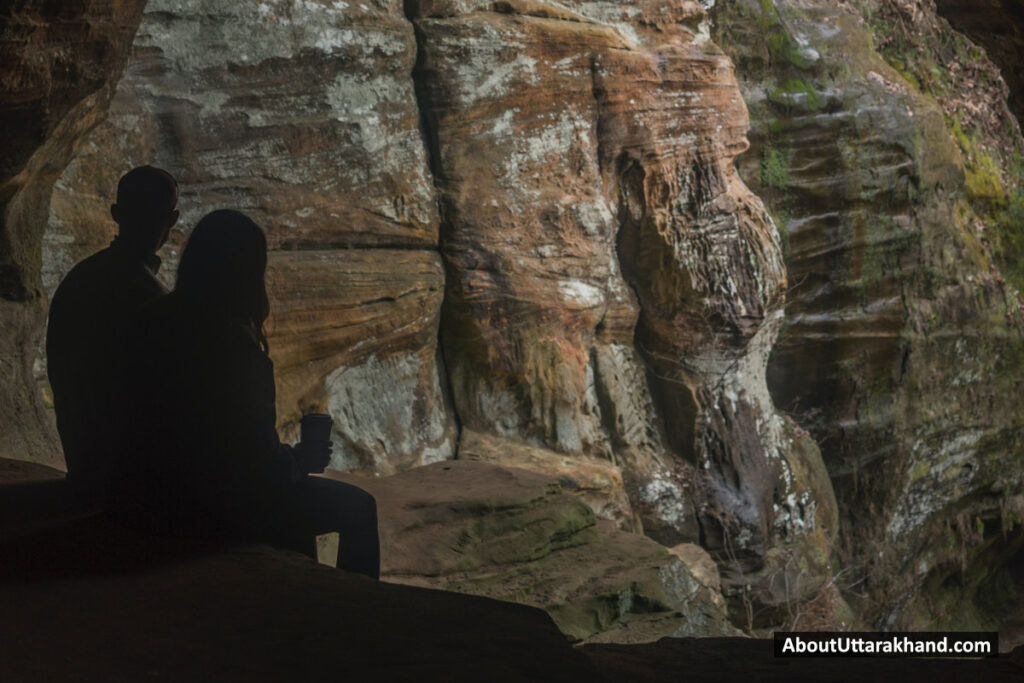




Belle Fable, keeps your trend ahead!
Gaumukh Glacier
The stunning Gaumukh Glacier, in the Uttarkashi region of Uttarakhand, India, is situated close to Gangotri and framed by the towering Garhwal Himalayas. Glaciers like this one attract tourists, hikers, and nature lovers from all over the globe because of the deep religious significance they have for Hindus as the headwaters of the holy Ganges River. The ascent to Gaumukh is an adventure in body and spirit, providing an opportunity to commune with the holy and the natural world.
Nandhaur Wildlife Sanctuary
The Nandhaur Wildlife Sanctuary is a haven for wildlife and stunning scenery, set in the tranquil hills of Uttarakhand. This sanctuary, in the Nainital District close to Haldwani, is a paradise for people who appreciate nature and animals. Its varied habitats, which include grasslands, ponds, and thick forests, have earned it recognition across its 269 square kilometers of territory.
Sonanadi Wildlife Sanctuary
The Sonanadi Wildlife Sanctuary invites animal lovers and nature lovers to come and enjoy the quiet beauty of Uttarakhand's serene surroundings. Hidden in the Nainital District, not far from Nainital, lies a refuge that begs to be discovered. Its varied wildlife and flora make this area, which covers around 301.18 square kilometers, a popular destination for ecotourists and those interested in biodiversity.
Binsar Wildlife Sanctuary
The Binsar Wildlife Sanctuary is a haven for wildlife and a monument to Uttarakhand's rich biodiversity, is situated in the picturesque Kumaon Himalayas. Nature lovers and wildlife aficionados will find this refuge, situated near Almora in the Almora District, to be a paradise. Covering about 47.04 square kilometers, it is famous for its verdant forests, varied fauna, and breathtaking views of the Himalayan mountains in the distance.
Tawaghat Wildlife Sanctuary
The Tawaghat Wildlife Sanctuary is a haven for adventurers and ecotourists, tucked away in the foothills of the towering Himalayas. This hidden gem of a sanctuary is located near Dharchula in Uttarakhand's Pithoragarh District. Despite its relatively tiny size (around 70 square km), this animal sanctuary is just as magical as any other.
Chilla Wildlife Sanctuary
.The Chilla Wildlife Sanctuary, located on the banks of the pure Ganges River, is a living monument to the beauty and variety of Uttarakhand's natural landscape. This sanctuary is a paradise for anyone who love nature and wildlife; it is located in the Pauri Garhwal District, close to Rishikesh. Covering over 249 square kilometers, it is a major wildlife sanctuary in the state that provides a peaceful haven amidst the majestic Himalayas.





